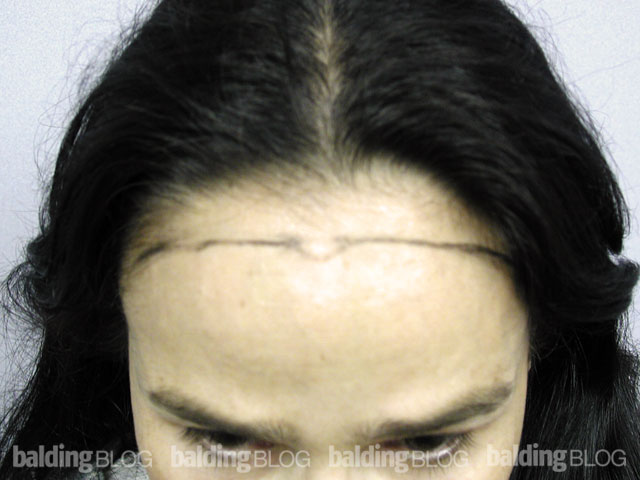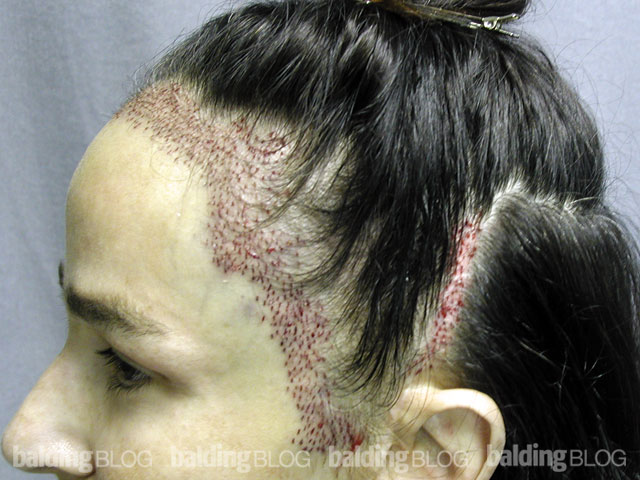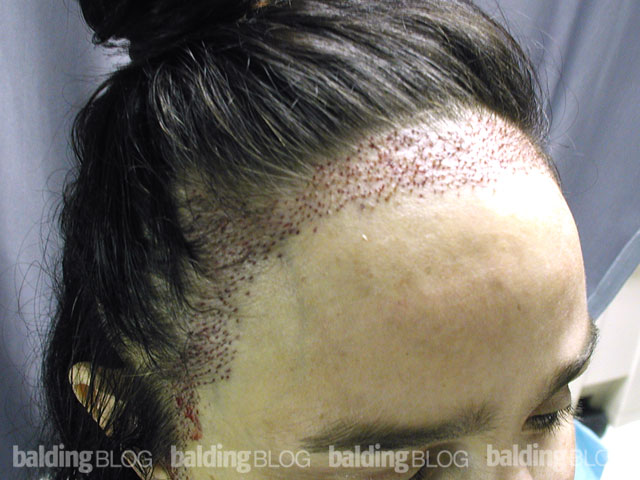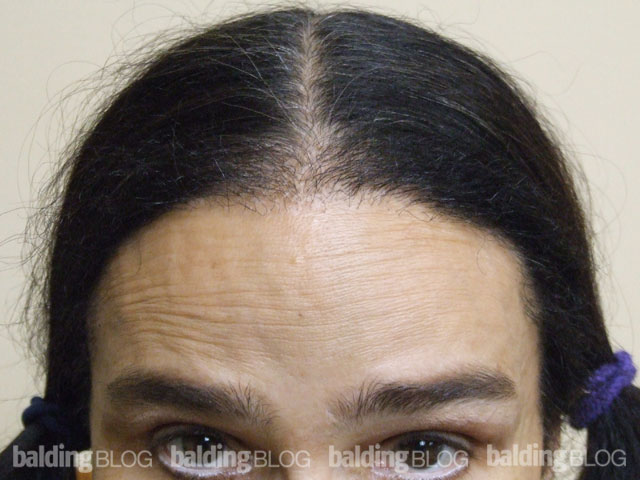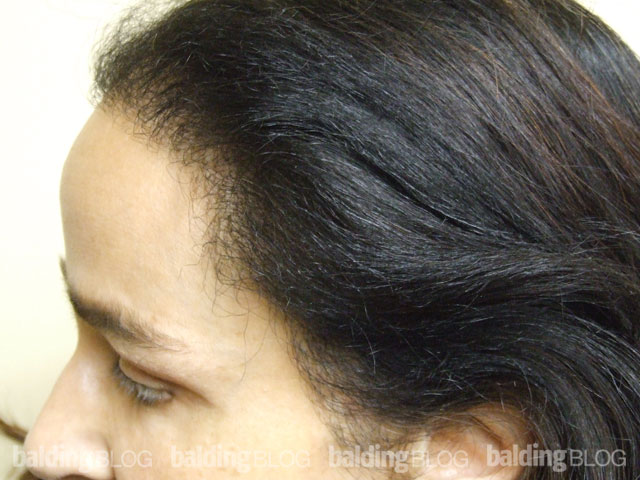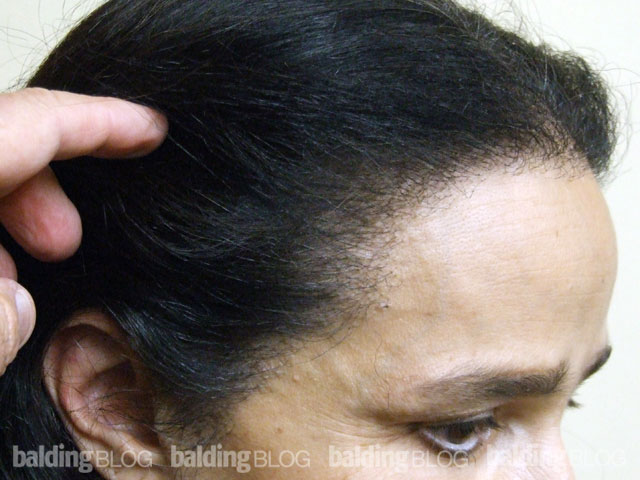Do you use the Woods style of hair transplant? Also are you in California?

Dr. Woods (in Australia) probably is doing something like what I published in 2002 and called Follicular Unit Extraction. He kept what he was doing very secret, whereas I always publish my advances as I prove and document them for the world to see. As such, Dr. Woods promoted what he was doing on the Internet and launched a marketing campaign to sell a technique that sounds just like what we developed in California and New York. But as Woods never told anyone what ‘magic’ formula he was using, I can not claim to be using his technique. The FUE technique was defined by me (see Follicular Unit Extraction: Minimally Invasive Surgery for Hair Transplantation). On my site, you can see what it is (see FOX Procedure Videos) and also the type of scarring that is produced (see FUE Photos). There is no secret with what we are doing and the world of competent and honorable doctors reference my publication as the inventive breakthrough in this field. Now, almost 4 years later, there are no other published articles on the FUE ‘technique’ that I have seen.
With that said, Woods did publish one article that shed no new light on the great ‘secret’ of his technique. The article contains a case study and there is no scientific methodology defined, nor anything that meets generally accepted standards for publishing, so I was very surprised that this reputable journal took an article of this type without a good clinical scientific base. The article appears to be another type of marketing promotion. According to Woods’ site, TheWoodsTechnique.com, his technique was “Published in the British Journal of Plastic Surgery December 2004″ and “First in the world to develop and perfect single follicular unit extraction (since 1989)”. There is no reference to my published article on it a few years earlier and his claim that he perfected it in 1989 is completely unsubstantiated. It is interesting to note the gap of 16 years from the date of the unsubstantiated discovery to the date of his first publication. Woods, in my opinion, approached this process like P.T. Barnum (best known as the 19th century American Huckster). My work in the development of FUE was started in the mid-1990s and I was unwilling to publish it for grandstanding purposes (this is not a sour grapes issue), because I would not publish something for the purpose of just getting the word out to create a reputation. I know that I am very critical of Woods, but that is because all I have ever seen, even in a lecture series that he set up, was a hyped up marketing presentation with statements made that neither his commercial video nor the photos from his web-site can realistically support. The most blatant example of this is his statement about no scars, yet I have video from his office in my possession that shows more scars then I got from the technique I published and with the smaller instruments I use today, our scars are even smaller than what I have published. If you are believer in everything you read, should I have mentioned that I am the inventor of today’s modern computer chip (I don’t believe anyone would really believe me on this last unsubstantiated statement).
To answer your last question — yes, I have offices in Southern and Northern California and would love to see you. I hope that this entry on FUE entertained you. I did try to spice it up a bit.


